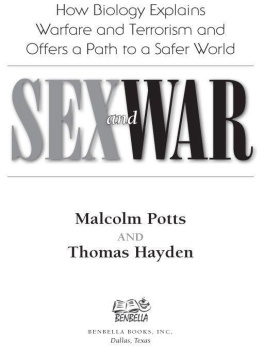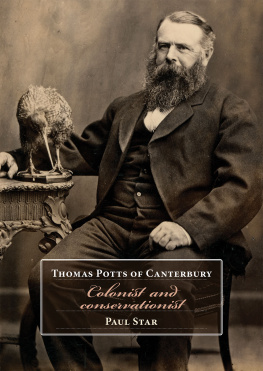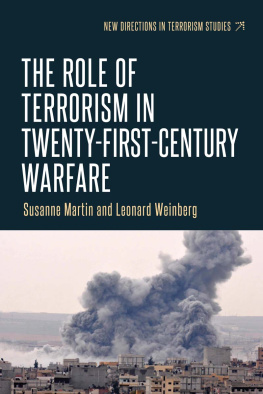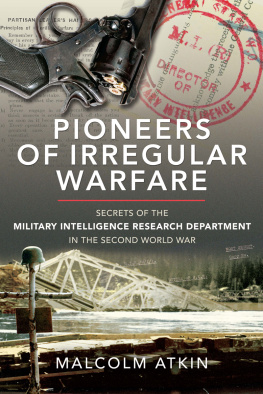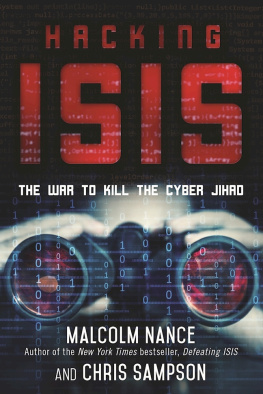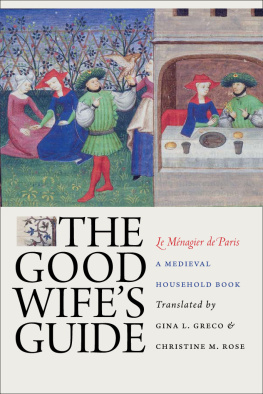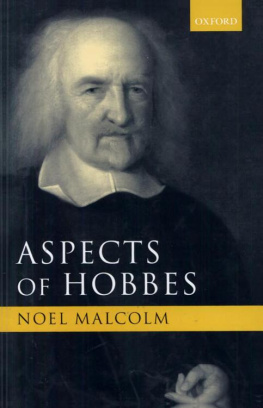Table of Contents
Praise for Sex and War
When I first observed the dark side of chimpanzee nature and realized they could be brutal just like us, especially the males, I was saddened. I do believe we have inherited aggressive tendencies from our ancient primate pastbut also traits of compassion and altruism that we observe in chimpanzees as well. And with our highly developed intellect and sophisticated communication, I believe we are capable of controlling our violent behavior. Potts and Hayden make an important contribution as they explore our evolutionary origins and make suggestions as to how human society might reduce warfare in the future.
JANE GOODALL, PhD, DBE, founder of the Jane Goodall Institute, UN Messenger of Peace
In this fresh and fascinating examination of the causes of war and misery around the world, Malcolm Potts and Thomas Hayden have met the enemy, and he is us. Sex and War is a penetrating and far-ranging analysis of the long, bloody history of our species and the primitive behaviors and blinkered policies that drive nations to disaster. Tired of stale rhetoric and baseless ideology? Turn off the TV and the talking heads and read this book! It will transform your outlook on war, peace, and what needs to be done to secure a safer world.
SEAN B. CARROLL, PhD author of Endless Forms Most Beautiful and The Making of the Fittest
In this impressively comprehensive treatment, Potts and Hayden step as far back as possible from the human race to assess the root causes of social upheaval. The case they make for the genetic basis of aggression is both compelling and frightening.
RANDY OLSON, PhD Writer/Director, Flock of Dodos: The Evolution-Intelligent Design Circus
ALSO BY MALCOLM POTTS
Ever Since Adam and Eve: The Evolution of Human Sexuality (1999)
Queen Victorias Gene (1997)
Textbook of Contraception (1969)
ALSO BY THOMAS HAYDEN
On Call in Hell: A Doctors Iraq War Story (2007)
SEX AND VIOLENCE
Nature, Mr. Allnutt, is what we were put on this earth to rise above.
KATHARINE HEPBURN as Rose Sayer, The African Queen , 1951
T HE MINISTER OF HEALTH threw the keys across the table with the words, And second gear doesnt work. I had not requested that an ambulance be parked outside the house we had turned into a nursing home for the raped women. I merely wanted to know how I would find one if a surgical complication arose. But this was Bangladesh in 1972, after the War of Liberation, and I was an honored visitor doing a difficult task, so I was given a converted Land Rover as an ambulance, along with a driver. The Minister was right about second gear.
My most harrowing confrontation with warfare, in a life too filled with exposure to its consequences, was to witness the result of what may well have been the largest systematic rape of women in the history of the world. Pakistan had begun in 1947 as a single nation in two parts, West and East, separated by one thousand miles of largely hostile Indian territory. The two parts shared the same Muslim religion but were deeply divided by language and culture. When East Pakistan sought independence as Bangladesh, the ethnically mixed West moved troops to the mostly Bengali East to prevent secession, and a particularly bitter war followed. The Pakistani soldiers targeted civilians, shooting the men and raping the women. India entered the war on the side of East Pakistan and an independent Bangladesh came into being in December 1971 when the West Pakistan army finally surrendered. Shortly afterward, I led a team of doctors from India, Bangladesh, Australia, the U.S.A., and England who sought to provide what help we could to those women who had survived the mass rape and were pregnant as a result. We offered them abortions, and performed hundreds of the operations over several months. The pain, humiliation, and sheer human suffering I witnessed during that time have stayed with me ever since, and continue to help shape my thinking about sex, war, and human nature.
This book is about war. It is about terror, and cruelty, and the biological origins and long, brutal, vicious, and destructive history of organized aggression. Perhaps most importantly, it is about not just the depths to which human beings can sink, but also how we came to be this way and what we can do about it. We will show that killing other members of our own speciesa rarity in the animal kingdomis a male behavior that evolved early in our history, because those individuals who manifested such a predisposition were more likely to transmit their genes to the next generation than those who didnt. War and violence, then, are indelibly linked to sex and reproduction. This does not mean that human beings are inherently murderous, however, nor that war is inevitably as much a part of our future as it is a fixture of our past. In fact, we will show that humanity can take control of its most destructive impulses to build a safer, more secure world. Indeed, we have already begun to do so; despite our fiendishly effective weaponry and the very real and vicious presence of war and terrorism in the modern world, we are actually more at peace today than we have ever been.
In the pages that come, we will show that for most of history and prehistory, small groups of men who were prepared to attack their neighbors and steal their resources, and who could seduce or coerce women for sex, ended up having more offspring. Women, meanwhile, were more likely to improve their reproductive successto have more children survive to reproduce themselvesby aligning themselves with successfully violent men rather than by joining raids and risking death themselves. Women will certainly fight courageously to protect themselves, their children, and their communities, but unlike men, they do not seem to band together spontaneously, go out, and attack and kill other people. Fortunately, humans have culture as well as biology. Our genes may provide violent impulses, but our minds, our hearts, and our laws and social standards are often quite good at tempering them. We will argue that while evolution has linked sex and violence over millions of years, civilization has given us the tools to separate the two again, and that this opens an important pathway toward making the world a safer place. To understand how, we must look closely at war and its impacts from a biological perspective. What we see when we do so can be distressingly ugly.
Of my foreign colleagues in Bangladesh, Dr. Geof Davis from Australia stayed longest after the war. He visited every hospital in the country, and estimated that 100,000 women had been raped during the nine-month conflict. Many of them were girls, hardly past puberty. They were malnourished and their pregnancies were well advanced by the time we arrived to try to help them, and unfortunately we did have the sort of medical complication I had feared would require an ambulance. Sometimes when a fetus dies in the womb, either spontaneously or during an induced abortion, the protein that makes blood clot accumulates around the dead tissue. Doctors call the condition afibrinogenemia, and it was the reason one of the women we were treating began to bleed copiously as we were trying to deliver her dead fetus.

